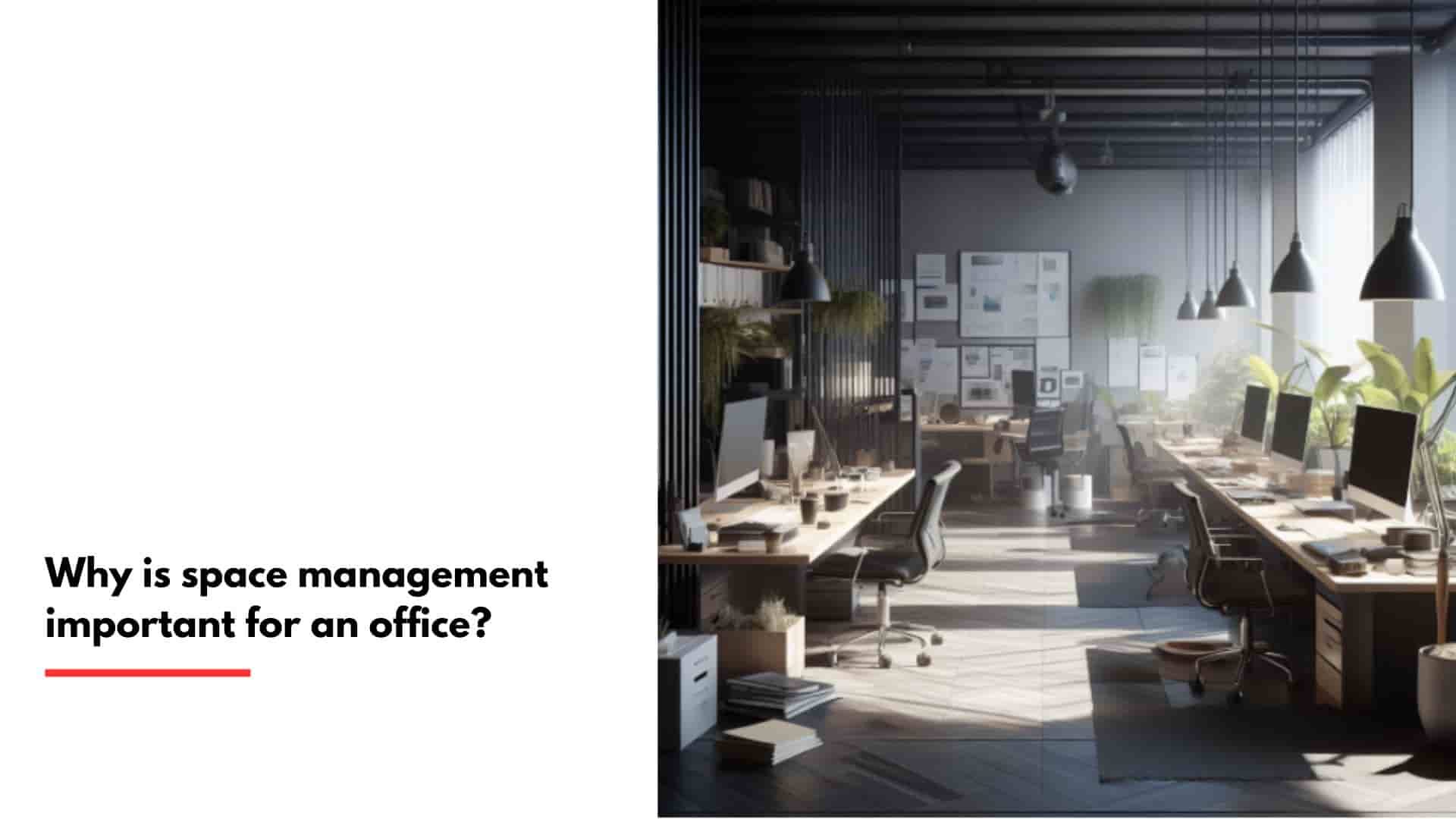In the dynamic landscape of modern offices, the strategic organization of space is far more than a mere aesthetic concern. Effective space management is a cornerstone for fostering productivity, collaboration, and overall employee well-being. In this article, we’ll delve into the significance of the three basic elements of space management, the pivotal role of space layout, and the purpose of a robust space management system.
The Three Basic Elements of Space Management
Space management revolves around three fundamental elements: space planning, space utilization, and space optimization. Each plays a vital role in creating a harmonious and functional work environment.
Space Planning: This involves the initial design and layout of the office space. Expert office interior designers play a pivotal role in this phase, ensuring that the office layout aligns with the organization’s goals and facilitates efficient workflow. Learn more about the importance of professional office interior designers.
Space Utilization: Once the space is planned, it’s crucial to optimize how it’s used. This includes allocating workstations, meeting areas, and communal spaces in a way that maximizes efficiency and minimizes wasted space. An effective space utilization strategy enhances employee comfort and workflow, contributing to a more streamlined and productive office environment.
Space Optimization: Continuous improvement is at the heart of space optimization. Regular assessments and adjustments are necessary to adapt to evolving business needs. A dynamic approach to space optimization ensures that the office remains flexible, accommodating changes in team size, workflow, and technological advancements.
The Importance of Space Layout in an Office

The layout of office space goes beyond mere aesthetics; it significantly influences employee performance and satisfaction. A well-thought-out space layout takes into account factors such as natural light, noise levels, and proximity to collaborative spaces.
Consider the impact of a carefully designed breakout area. Employees can use this space for informal meetings, brainstorming sessions, or simply to recharge. Such intentional design fosters collaboration, creativity, and a sense of community among team members.
Furthermore, ergonomic considerations in space layout contribute to employee well-being. Comfortable and appropriately spaced workstations reduce the risk of physical strain and promote a healthier, more focused workforce.
The Purpose of a Space Management System
Implementing a robust space management system is not just a luxury but a strategic necessity for modern businesses. Such a system serves multiple purposes, all geared towards optimizing the use of office space.
Resource Allocation: A space management system enables precise allocation of resources, from desk assignments to meeting room bookings. This prevents conflicts and ensures that spaces are used efficiently.
Data-Driven Decision Making: By collecting data on space usage, organizations can make informed decisions about future space planning and optimization. This data-driven approach allows for proactive adjustments, keeping the office environment aligned with organizational goals.
Employee Experience: A well-managed and thoughtfully designed office space contributes to a positive employee experience. This, in turn, boosts morale, engagement, and overall job satisfaction.
In conclusion, the importance of space management in an office cannot be overstated. It goes beyond creating visually appealing workspaces; it’s about fostering an environment that enhances productivity, collaboration, and employee well-being. From the initial planning phase to the ongoing optimization efforts, every aspect of space management plays a crucial role in shaping the success of a modern workplace.
As businesses recognize the profound impact of space management on their bottom line, the role of professionals in the field, such as office interior designers, becomes increasingly vital. Explore how a design and build approach can seamlessly integrate your organization’s vision into the physical workspace.
